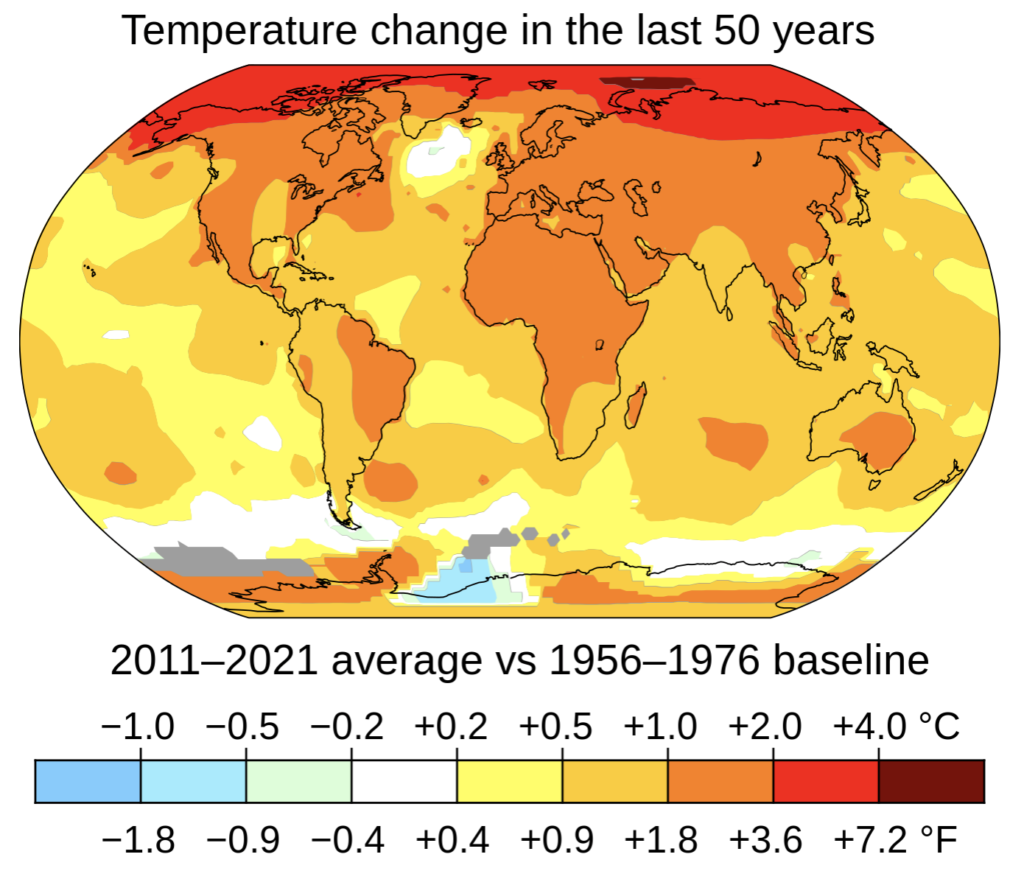
Have you ever wanted to slap an elected official with whom you disagree—or do something more than just slap them? Well, some AIDS activists made a big splash when they rebelled against a legislator.
Jesse Helms was a conservative US senator from North Carolina who opposed gay rights and access to abortion care. His stance against HIV research angered campaigners to take an extreme and humorous action. In 1991 they inflated a huge condom over Helms’ house! On the side of Helms’ condom was this writing: A CONDOM TO STOP UNSAFE POLITICS: HELMS IS DEADLIER THAN A VIRUS.
Helms was no friend of reproductive rights. In 1973 he wrote an amendment to the Foreign Assistance Act; it prohibits the use of foreign assistance funds to pay for abortions. This amendment was in response to the Roe v. Wade decision that same year, that made abortion legal throughout the USA. Unfortunately, his Amendment forced many people to seek dangerous “back alley” abortions. By limiting access to safe abortion care, Helms caused thousands of maternal deaths.
There is another even worse policy that limits access to reproductive health. It amplifies the Helm’s Amendment, and then extended limitations to the U.S.! The Mexico City Policy, also known as the “Global Gag Rule” (GGR), was passed in 1984 and goes a step further than the Helms Amendment. The GGR bans foreign aid to any nonprofit that provides any aspect of abortion care. It prohibits informing women about abortion or making referrals to abortion providers. The GGR even prohibits advocating for decriminalization of abortion or working to expand safe abortion services.
Ronald Reagan initiated the GGR in 1984 by means of a presidential memorandum. Since it was established by executive order, it can also be undone in the same way. Indeed, every Democratic president since then has rescinded the GGR, which then was reestablished by the next Republican president. Fortunately, the GGR is not in effect now since our president is a Democrat.
Two brave Democrats, Cory Booker (New Jersey) in the Senate and Jan Schakowsky (Illinois) in the House introduced bills named “Abortion is Health Care Everywhere Act”. They started in 2020 and then reintroduced the same bills every Congress since then. These Acts could repeal the Helms Amendment and substitute language stating that U.S. foreign assistance can be used to provide abortion as part of comprehensive reproductive health care.
Although these bills seem to be lost in committee, it would be wonderful to see them passed and eventually become law. I realize that this is very unlikely in today’s political climate, but I have hope that people will rise up and once more safe abortion care will be legal in every state.
Although not all obstetricians and gynecologists are prochoice, the large majority of my specialty is. Our professional organization, the American College of Obstetricians and Gynecologists (ACOG) has a policy which supports access to abortion care. I would like to end this essay with the words at the end of the ACOG policy:
“ACOG supports every person’s right to decide whether to have children, the number and spacing of children, and to have the information, education, and access to health services to make these decisions. Individuals seeking abortion must be afforded privacy, dignity, respect, and support, and should be able to make their medical decisions without undue interference by outside parties. ACOG advocates to improve access to full-spectrum reproductive services, to integrate abortion as a component of mainstream medical care, and to oppose and overturn efforts restricting access to abortion.”
© Richard Grossman MD, 2023
